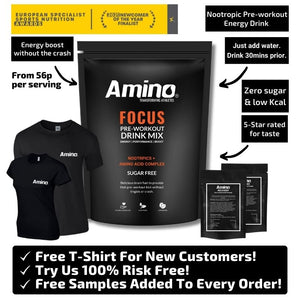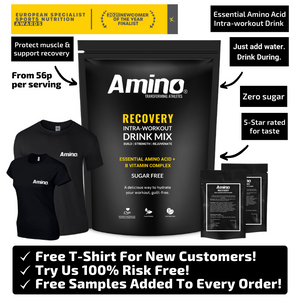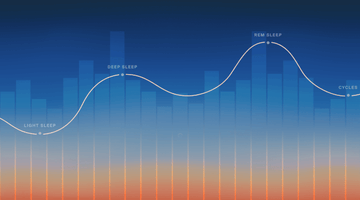If plodding around the park isn’t enough for you anymore, read on to discover 5 training tips that will help you pick up the pace.
At some point, all of us who love to pound the pavements or hit the treadmill will notice that our split times are becoming disappointingly familiar.
But that doesn’t mean that you’ve hit your body’s top gear and are destined to remain a sedate jogger. By following these 5 tips, you can improve your speed and slash those times.
Eat right to run fast
Before you install a brand new training regime into your life, you have to make sure you are giving your body the right fuel to build muscles and recover from your workouts.
Your body needs enough protein to build stronger muscles for faster strides as well as good fats to protect your joints. Complex carbohydrates should be factored in too to give you plenty of energy, something that can also be supported by the right amino acids.
To help you get the right fuel for your workout, take a look at our FOCUS pre-workout, which is ideal to drink before you set off on a run.
Introduce speed work
It’s obvious, but you need to incorporate faster running into your regime if you want to improve your speed.
Interval training, which involves short periods of maximum intensity interspersed with rest periods, is ideal for boosting your speed and endurance at faster paces. Indeed, a study in 2018 with trained trail runners found that a 2-week interval training programme significantly improved their 3K run times and the time it took to reach exhaustion.
To incorporate intervals into your training, try 20-30 seconds of running at your max speed followed by 1 to 2 minutes of walking. Start over the distance of 1 mile and gradually increase the length of the overall run as you get fitter and faster.
Find a hill
Hill running is fantastic for building running speed – and it takes a bit of pressure off your joints too.
Find a hill with a moderate slope and sprint up it. You can then catch your breath and recover by walking back down to the bottom. Aim for 5 reps to begin with and build them up over time. You will find this uncomfortable at first, but trust us when we say that it makes running on the flat much easier!
Mix it up with cross-training
You don’t have to run every day to slash that split time. Mixing up your workouts with other training sessions can give your body and mind a break while also building up stamina and strength.
Cycling HIIT or interval sessions can be particularly useful by offloading your joints while pushing your cardiovascular fitness. A 2015 study on long-distance runners found that 2 weeks of cycling HIIT training effectively improved their running performance.
To give it a go, try 10-20 seconds of cycling on a low gear as hard as you can, and then have up to 1 minute of gentle cycling to recover. Repeat 6 times.
Add strength training and stretches
Resistance training will help you to build power and your fast-twitch muscles, which are essential for running faster. Research has shown that adding strength training to your normal endurance training can improve running performance, so try adding a couple of weight training sessions to your weekly schedule. Squats, lunges and deadlifts will be particularly useful.
After your sessions, make sure you stretch. Tight muscles can’t function properly, so stretch your calves, quads, hamstrings and hip flexors after every workout to loosen them up.
Beat your PB
Now that you know how to improve your speed in running, you can design your new workout regime.
To get more hints and tricks for your training, sign up to our monthly newsletter. And don’t forget to look at our FOCUS pre-workout to make sure you have the energy you need to improve your running even more.






